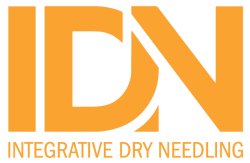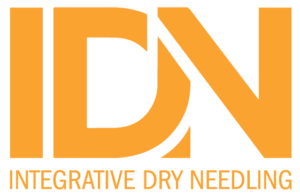Cureus. 2023 Feb 9;15(2):e34794. doi: 10.7759/cureus.34794. eCollection 2023 Feb.
ABSTRACT
INTRODUCTION: Neck pain is a common musculoskeletal condition frequently treated by physical therapists. The American Physical Therapy Association (APTA) published a clinical practice guideline (CPG) in 2008 with a revision in 2017 to improve the diagnosis and treatment of neck pain. One subset of neck pain in the CPG is “Neck Pain with Mobility Deficits,” also called mechanical neck pain. Little data exists on the adherence of physical therapists to the CPG-recommended treatments for neck pain as well as the outcomes associated with the utilization of the CPG. The purpose of this study is to examine both CPG treatment adherence and associated outcomes in patients treated for mechanical neck pain by physical therapists in the outpatient setting.
METHODS: Retrospective chart review of patients (n=224) who received physical therapy for neck pain between 2018 and 2022. Data ranges were chosen due to the publication of the CPG revision in 2017. Six interventions for mechanical neck pain from the CPG were examined: thoracic manipulation, cervical mobilization, transcutaneous electrical stimulation (TENS), dry needling, advice to stay active, and scapular resistance exercises. The exclusion criteria were a history of cervical spine surgery. Other data collected included age, sex, characteristics of the evaluating physical therapist, and the number of visits.
RESULTS: For CPG treatment adherence, 4.5% of patients received thoracic manipulation, 47.8% of patients received cervical mobilization, 12.5% of patients received TENS, 22.8% of patients received dry needling, 99.1% of patients received advice to stay active, and 89.3% of patients received scapular resistance exercises. There was no significant improvement in pain, range of motion (ROM), and function based on a number of CPG interventions used during the bout of physical therapy (p=0.17 to p=0.74). Patients who were evaluated by a physical therapist who was an Orthopedic Certified Specialist (OCS) were more likely to receive more interventions recommended by the CPG (p<0.01).
CONCLUSION: CPG-recommended treatments are used with varying frequency by physical therapists when treating mechanical neck pain. Thoracic manipulation is rarely used while scapular resistance exercises are frequently used. There was no significant improvement in pain, ROM, or function based on the number of CPG-recommended treatments used during the bout of physical therapy.
PMID:36915834 | PMC:PMC10007860 | DOI:10.7759/cureus.34794



